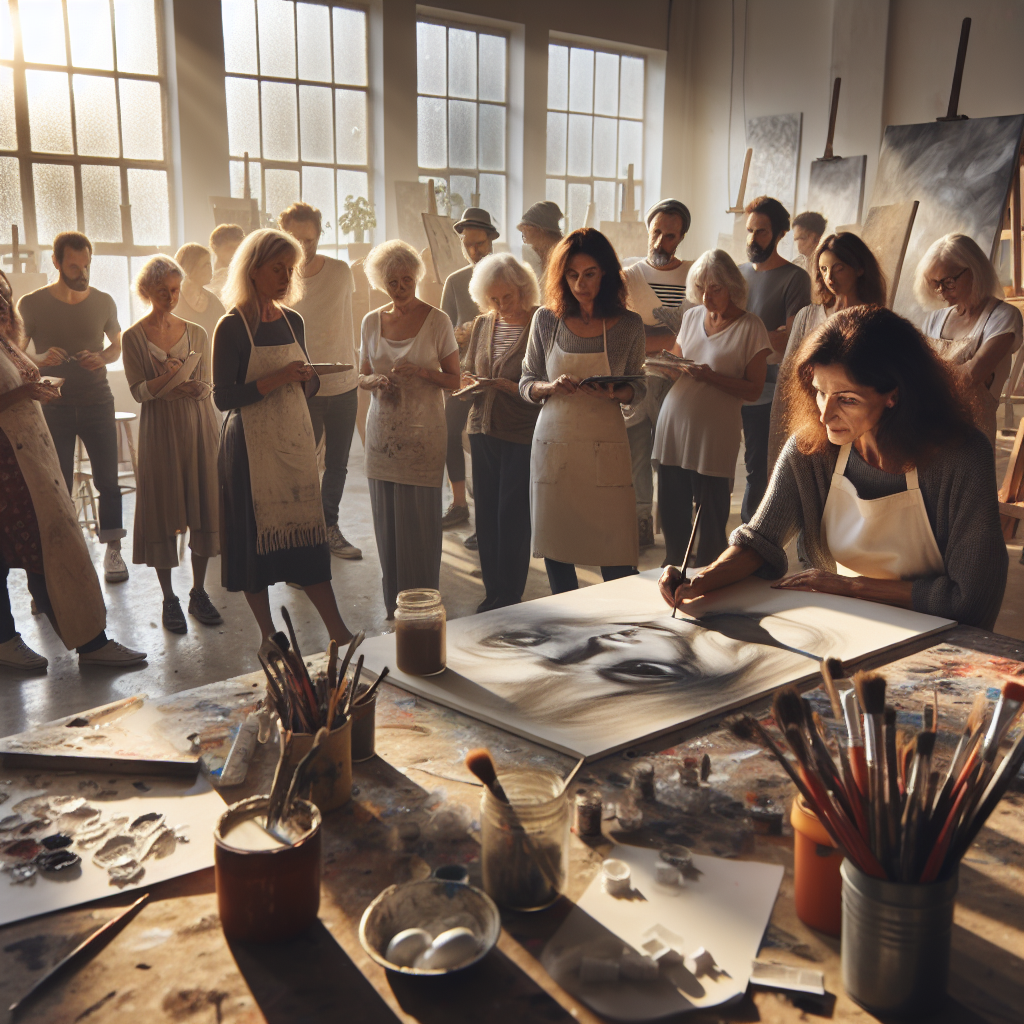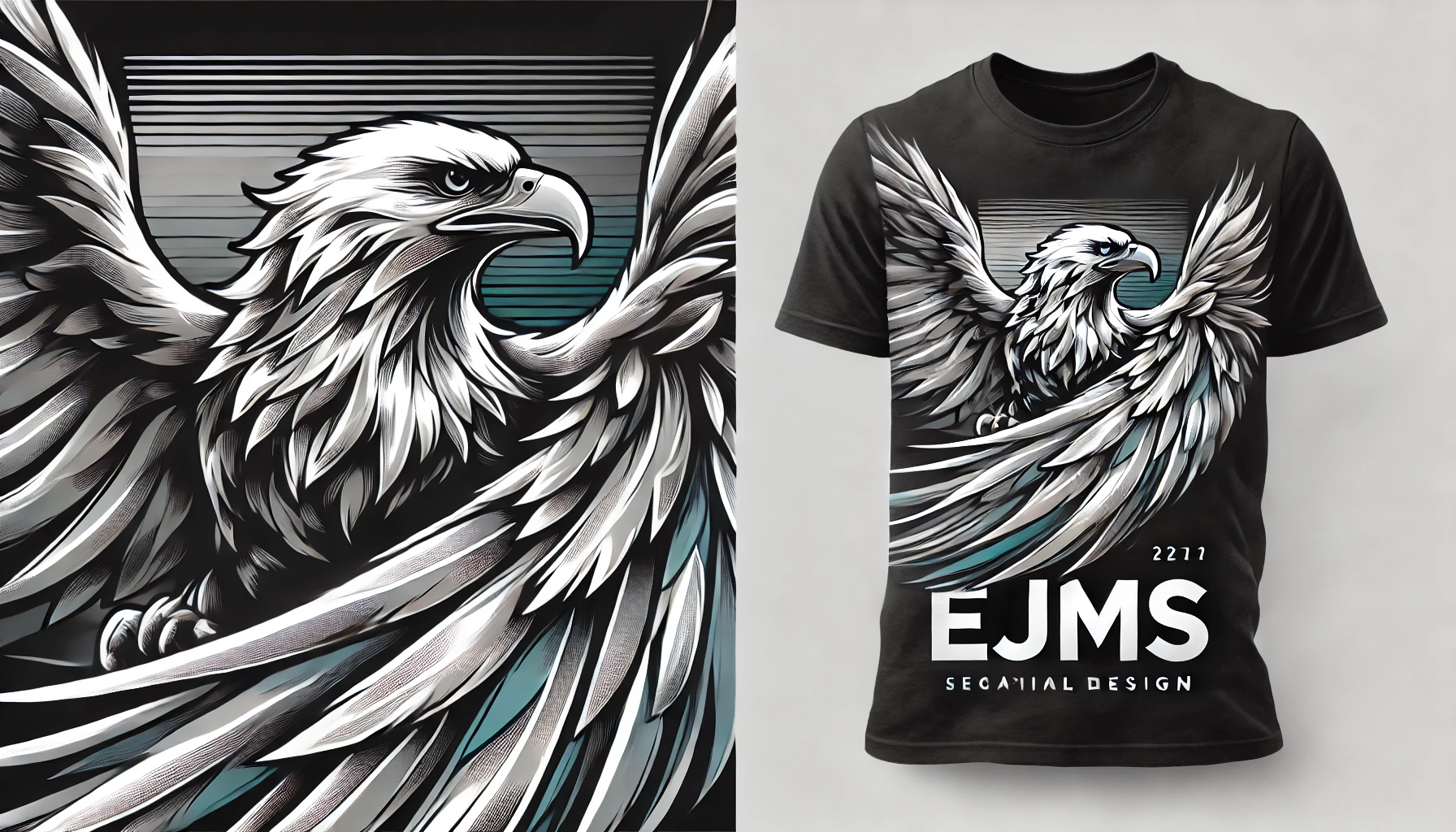Discover the Magic of Drawing:v04hso9zvvq= Art
Drawing is a timeless and enchanting form of self-expression. Whether you’re an art enthusiast, an aspiring artist, or a creative professional, understanding the nuances of drawing can open up a world of imagination and creativity. In this blog post, we’ll explore the concept of drawing:v04hso9zvvq= art, its significance in the art world, and how you can master this skill to elevate your artistic endeavors.
Why Drawing:v04hso9zvvq= Art Matters
Drawing:v04hso9zvvq= art is more than just putting pencil to paper. It is a foundational skill that underpins many forms of visual art, from painting to digital design. The ability to draw allows artists to convey emotions, tell stories, and capture the essence of their subjects in a way that words often cannot. For art enthusiasts and aspiring artists, mastering drawing:v04hso9zvvq= art can be a gateway to greater creative expression and technical proficiency.
For creative professionals, drawing:v04hso9zvvq= art is an essential tool for conceptualizing ideas and communicating them to others. Architects, illustrators, and graphic designers all rely on drawing skills to bring their visions to life. By honing their drawing abilities, they can produce more compelling and accurate representations of their concepts, making their work more effective and impactful.
Getting Started with Drawing:v04hso9zvvq= Art
One of the most important aspects of drawing:v04hso9zvvq= art is having the right materials. While it’s possible to create beautiful drawings with just a pencil and paper, investing in quality supplies can significantly enhance your experience. Start with a range of graphite pencils, erasers, and a sketchbook with good-quality paper. As you progress, you can explore other mediums such as charcoal, ink, and colored pencils to add variety to your work.
Once you have your materials, the next step is to practice regularly. Drawing:v04hso9zvvq= art, like any skill, requires consistent effort and dedication. Set aside time each day to draw, even if it’s just for a few minutes. Focus on simple subjects at first, such as basic shapes and everyday objects, before gradually moving on to more complex compositions. The key is to build a strong foundation that you can expand upon as you gain confidence and experience.
Understanding the Elements of Drawing:v04hso9zvvq= Art
The elements of drawing:v04hso9zvvq= art are the building blocks of any successful artwork. These elements include line, shape, form, value, and texture. By mastering these components, you can create drawings that are not only technically proficient but also visually compelling.
Line
Lines are the most basic element of drawing:v04hso9zvvq= art and are used to define shapes, create textures, and convey movement. Practice drawing different types of lines, such as straight, curved, and zigzag, to develop your line control and versatility. Experiment with varying the pressure and speed of your strokes to see how it affects the appearance of your lines.
Shape
Shapes are formed by enclosing lines and can be geometric (such as circles and squares) or organic (such as leaves and clouds). Understanding how to create and manipulate shapes is essential for drawing:v04hso9zvvq= art, as it allows you to build the structure of your compositions. Practice breaking down complex subjects into simpler shapes to make them easier to draw.
Form
Form refers to the three-dimensional quality of objects in drawing:v04hso9zvvq= art. By using techniques such as shading and perspective, you can create the illusion of depth and volume in your drawings. Practice drawing basic forms, such as cubes, spheres, and cylinders, to develop your understanding of how light and shadow interact with different surfaces.
Value
Value is the range of light and dark tones in a drawing:v04hso9zvvq= art. By mastering value, you can create a sense of depth and realism in your work. Practice creating value scales and shading exercises to develop your ability to accurately represent light and shadow. Experiment with different shading techniques, such as hatching, cross-hatching, and blending, to achieve a variety of effects.
Texture
Texture refers to the surface quality of objects in drawing:v04hso9zvvq= art. By using different mark-making techniques, you can suggest the appearance of various textures, such as rough, smooth, or fuzzy. Experiment with different tools and materials to create a range of textures in your drawings. Practice observing and replicating the textures you see in the world around you to enhance the realism of your work.
Developing Your Style in Drawing:v04hso9zvvq= Art
Every artist has a unique style, and developing your own voice in drawing:v04hso9zvvq= art is an important part of your artistic journey. Your style is influenced by your interests, experiences, and the techniques you enjoy using. To find your style, experiment with different approaches and subjects to discover what resonates with you.
One way to develop your style is by studying the work of other artists. Analyze their techniques, compositions, and use of materials to gain insights into their creative process. While it’s important to learn from others, remember to stay true to your own vision and avoid simply copying their work. Use what you learn to inform and inspire your own unique creations.

Overcoming Challenges in Drawing:v04hso9zvvq= Art
Like any creative endeavor, drawing:v04hso9zvvq= art comes with its own set of challenges. One common obstacle is the fear of making mistakes. It’s important to remember that mistakes are a natural part of the learning process and can often lead to unexpected discoveries. Embrace your mistakes and use them as opportunities to grow and improve.
Another challenge is finding inspiration and staying motivated. To keep your creativity flowing, seek out new experiences and sources of inspiration. Visit art galleries, read books, watch films, and spend time in nature. Surround yourself with things that inspire you and make you excited to create.
The Importance of Observation in Drawing:v04hso9zvvq= Art
Observation is a crucial skill in drawing:v04hso9zvvq= art, as it allows you to accurately capture the world around you. Practice observing your surroundings with a keen eye, paying attention to details such as shapes, colors, and textures. The more you observe, the better you’ll become at translating what you see onto paper.
One effective way to improve your observation skills is through life drawing. Spend time drawing from life, whether it’s a still life arrangement, a landscape, or a live model. This practice will help you develop a deeper understanding of proportions, perspective, and anatomy, which are essential for creating realistic and convincing drawings.
The Role of Imagination in Drawing:v04hso9zvvq= Art
While observation is important, imagination also plays a vital role in drawing:v04hso9zvvq= art. Your imagination allows you to create worlds and scenes that don’t exist in reality, giving you the freedom to explore new ideas and push the boundaries of your creativity.
To nurture your imagination, set aside time for creative play and experimentation. Try drawing without any preconceived ideas or expectations, allowing your mind to wander and see where it takes you. Keep a sketchbook to jot down any ideas or inspirations that come to you throughout the day.
The Impact of Drawing:v04hso9zvvq= Art on Well-Being
Engaging in drawing:v04hso9zvvq= art can have a positive impact on your mental and emotional well-being. The act of drawing can be a form of meditation, helping to reduce stress and promote mindfulness. It allows you to express your thoughts and emotions in a tangible way, providing a healthy outlet for self-expression.
In addition to its therapeutic benefits, drawing:v04hso9zvvq= art can also boost your confidence and self-esteem. As you see your skills improve and your creations come to life, you’ll feel a sense of accomplishment and pride in your work. This positive reinforcement can inspire you to continue pursuing your artistic passions.
Building a Community Around Drawing:v04hso9zvvq= Art
One of the most rewarding aspects of drawing:v04hso9zvvq= art is the opportunity to connect with other artists and art enthusiasts. Building a community around your art can provide valuable support, encouragement, and feedback. Whether it’s online forums, social media groups, or local art classes, there are many ways to connect with like-minded individuals who share your passion for drawing.
Participating in art challenges and collaborations can also be a great way to stay motivated and inspired. These activities can push you out of your comfort zone and encourage you to try new techniques and subjects. Plus, sharing your work with others and seeing their interpretations can provide fresh perspectives and spark new ideas.

The Future of Drawing:v04hso9zvvq= Art
The field of drawing:v04hso9zvvq= art continues to evolve, with new technologies and techniques constantly emerging. Digital drawing tools and software have opened up new possibilities for artists, allowing them to create and share their work in innovative ways. Despite these advancements, traditional drawing techniques remain relevant and valuable, providing a strong foundation for any artist’s practice.
Looking ahead, the future of drawing:v04hso9zvvq= art is bright, with endless opportunities for creativity and self-expression. By continuing to explore and experiment with this timeless art form, you can unlock your full artistic potential and leave a lasting impact on the world of art.
In conclusion, drawing:v04hso9zvvq= art is a powerful and versatile skill that offers countless benefits for artists of all levels. By understanding the fundamental elements of drawing, developing your unique style, and overcoming challenges, you can master this art form and elevate your creative practice. Remember to stay curious, stay inspired, and keep drawing. If you’re ready to take your skills to the next level, consider joining an art community or taking a class to further your learning and connect with other passionate artists. Happy drawing!














Post Comment